Best Way To Get Rid Of Virus/Win32.PolyRansom.a from Windows 2000
Error caused by Virus/Win32.PolyRansom.a 0x80242005 WU_E_UH_WRONGHANDLER An operation did not complete because the wrong handler was specified., 0x00000090, 0xf081B CBS_E_UNEXPECTED_PROCESSOR_ARCHITECTURE the processor architecture specified is not supported, 0x80248006 WU_E_DS_BADVERSION The current and expected versions of the data store do not match., 0x80240029 WU_E_INVALID_PRODUCT_LICENSE Search may have missed some updates before there is an unlicensed application on the system., 0x80246005 WU_E_DM_NONETWORK A download manager operation could not be completed because the network connection was unavailable., 0x00000005, 0x000000AB, 0x8024002F WU_E_CALL_CANCELLED_BY_POLICY Operation did not complete because the DisableWindowsUpdateAccess policy was set., 0x80244003 WU_E_PT_SOAPCLIENT_GENERATE Same as SOAPCLIENT_GENERATE_ERROR - SOAP client failed to generate the request., 0x8024502E WU_E_PT_NO_MANAGED_RECOVER A redirector recovery action did not complete because the server is managed., Error 0x80070652, 0x0000001BDelete Virus/Win32.PolyRansom.a Tips For
A threat like Virus/Win32.PolyRansom.a damage the whole Operating System and make other install program unresponsive. This threat is very risky for the all Windows version including the newly released Windows 10 Operating System. The malicious mind behind the creation of this Virus/Win32.PolyRansom.a threat is used to hamper more and to steal useful resource from the infected Operating System. On every web browser there is option to save password, this is done for the user convenience. The hacker will attack on those web browser, mainly on the default one to collect those saved password. It can be off your social account, email, or even on banks.
Which is the reason you must Uninstall Virus/Win32.PolyRansom.a virus from your infected Operating System. Moreover this threat will compromise the security program of the infected Operating System, which allow other harmful threat to enter. As the Operating System is already infected with Virus/Win32.PolyRansom.a, therefore the other threat will surely damage all the functionality of your Operating System. Which is why you must need to Uninstall it.
Step 1 : Uninstall Virus/Win32.PolyRansom.a From Web Browser
Step 2 : Reset Your Browser Settings To Uninstall Virus/Win32.PolyRansom.a
Step 3 : Uninstall Virus/Win32.PolyRansom.a From Task Manager
Step 4 : Uninstall Virus/Win32.PolyRansom.a From Registry Editor
Step 5 : Uninstall Virus/Win32.PolyRansom.a Through Control Panel
Step 6 : Start Your PC in Safe Mode With Networking To Uninstall Virus/Win32.PolyRansom.a
Step 1 : Uninstall Virus/Win32.PolyRansom.a From Web Browser
Uninstall From Google Chrome
- To open Menu click on 3 Horizontal icon top right corner of Chrome Browser.
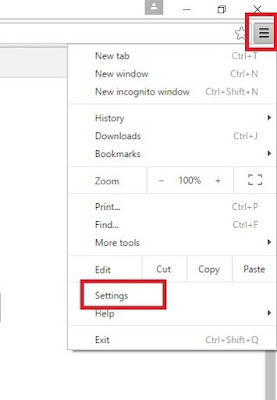
- A drop Down list will open >> select the Settings/ Extension option.
- If Settings panel get open >> then click on Extension Tab.

- If Extension Windows will be open select the malicious extension from the list.
- Then finally click Trash / Recycle icon to Uninstall Virus/Win32.PolyRansom.a from Google Chrome.
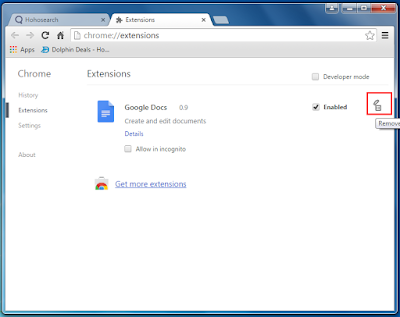
Uninstall From Internet Explorer
- Select the Tools button from Internet Explorer.
- On the Tools section select Manage add-ons.
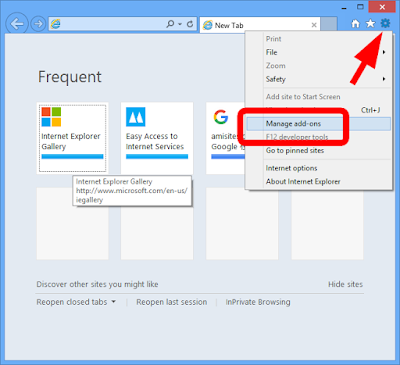
- From the Add-ons list, select the add-on you want to turn off/remove.
- The Select Disable option .
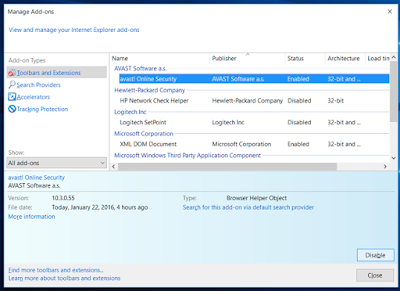
- Now Finally Restart The Internet Explorer to Uninstall Virus/Win32.PolyRansom.a.
Uninstall From Mozilla Firefox
- Click Menu Button then choose Add-ons.
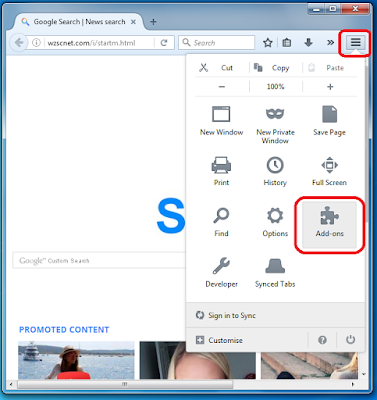
- Now the Add-ons Manager Tab will open.
- Here you need to select the Extensions or Appearance panel.
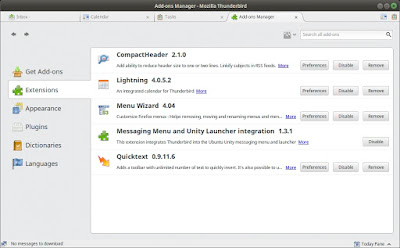
- Then simply select the add-on from list you wish to remove.
- Now click on the Uninstall button.

- Finally Restart the Mozilla Browser to Uninstall Virus/Win32.PolyRansom.a.
Uninstall From Microsoft Edge
- Select More option to open the menu on Microsoft Edge.
- Then select Extensions from the Menu drop down list.
- On the Extension right-click on it to Uninstall.
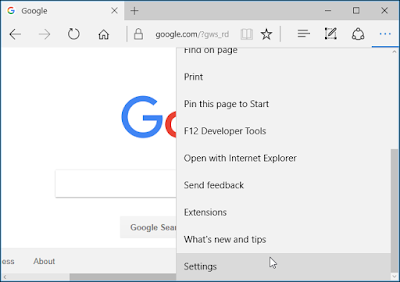
- Now click the Remove button.
- Finally Restart the Microsoft Edge Browser to Uninstall Virus/Win32.PolyRansom.a.
Reset Google Chrome
- Click on Menu from right corner of Chrome Browser.
- A drop list will appear, select Settings from here.

- When Settings panel will appear >> go to search box.
- On Search Box type RESET.
- Click the Reset button when confirmation Pop-up Windows will appear.
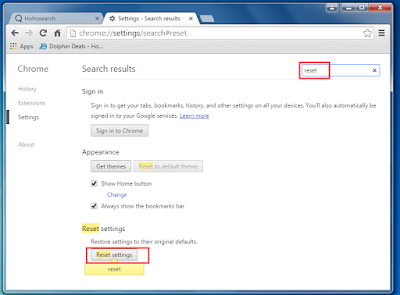
- This will Uninstall Virus/Win32.PolyRansom.a from Google Chrome Browser.
Reset Microsoft Edge
- Click the three horizontal dots to open the Settings menu.
- Then choose Settings option from here.

- Then under Settings section click on Clear Browsing Data.
- Here click on Choose what to clear >> then click Show more.
- Select all and click Clear.
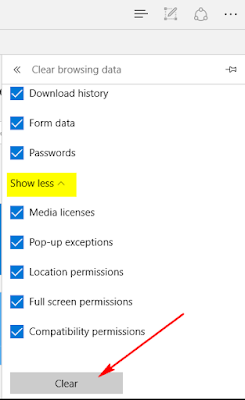
- Restart your Microsoft Edge to Uninstall Virus/Win32.PolyRansom.a.
Reset Internet Explorer
- Click on Tools menu and select Internet Option.
- Click on Advance tab and then hit the Reset button.
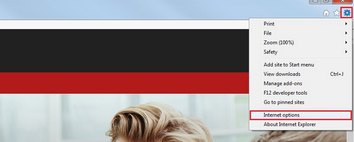
- Find Delete Personal Settings option and press Reset Button.
- Restart your Internet Explorer to Uninstall Virus/Win32.PolyRansom.a.
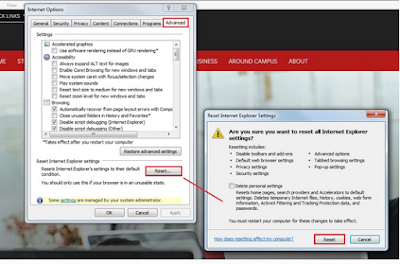
Reset Mozilla Firefox
- On Mozilla Firefox click Menu option and then press Help option.
- Select Troubleshooting Information option.

- On this panel click on Refresh Firefox button.
- Press Refresh Firefox to complete the process.
<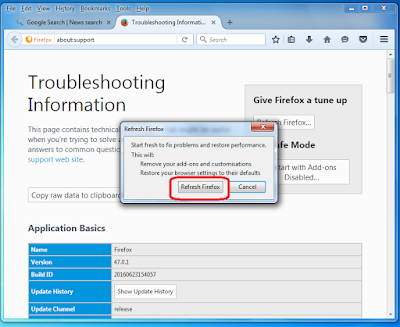

- This will Uninstall Virus/Win32.PolyRansom.a from Mozilla Firefox.
- Right-click on task Bar and select Task Manager.
- Press ALT+Ctrl+Del buttons to open Task Manager.
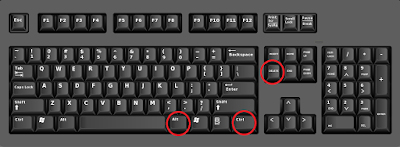
- When Task Manager will open select the Malicious Task.
- From here click on End Task button to Uninstall Virus/Win32.PolyRansom.a.

- Press Win + R keys together to open Run Command.
- Type regedit and click OK or Hit Enter.

- Find and Uninstall all related registry files of Virus/Win32.PolyRansom.a.
- HKEY_LOCAL_MACHINESYSTEMCurrentControlSetServicesWpm
- HKEY_CURRENT_USERSoftwareMicrosoftInternet ExplorerMain “Default_Page_URL”
- HKEY_LOCAL_Machine\Software\Classes\[name]
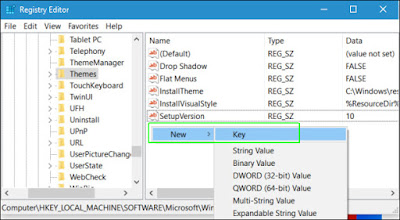
Uninstall Virus/Win32.PolyRansom.a From Windows XP
- Click on Start menu and select Control Panel.
- Now press on Add or Remove programs option.
- Find and Uninstall unwanted program from your PC.
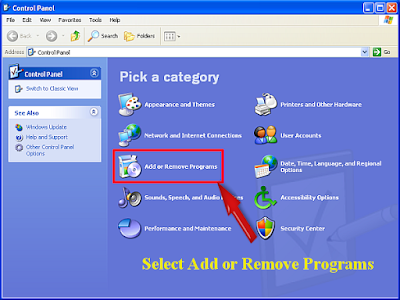
- Then Restart your PC to Uninstall Virus/Win32.PolyRansom.a.
Uninstall Virus/Win32.PolyRansom.a From Windows 10
- Click on Start then select Settings option.
- From Settings section choose System option there.

- The click on Apps and Features option.
- Here select the unwanted program and remove from your PC.

- Restart your PC to Uninstall Virus/Win32.PolyRansom.a.
Uninstall Virus/Win32.PolyRansom.a From Windows 8
- Press Win+R button to open Run Box on your computer.
- Type control panel in Run window and hit Enter button to open Control Panel.
- Click Uninstall a program.
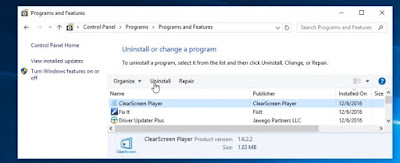
- From this Windows Right-click on Virus/Win32.PolyRansom.a to remove it.
- Restart your PC to Uninstall Virus/Win32.PolyRansom.a.
Uninstall Virus/Win32.PolyRansom.a From Windows 7
- Select Control Panel Option from Start menu.
- Select Uninstall A Programs option from the Programs menu.
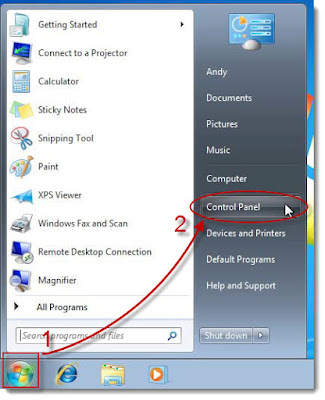
- Finally select and Uninstall unwanted program from your system.
- Then restart your PC to Uninstall Virus/Win32.PolyRansom.a.
Start Windows XP/Vista/7 In Safe Mode To Uninstall Virus/Win32.PolyRansom.a
- To Restart >> Click on Start menu >> select Restart button.
- Continue press F8 button until you don't see the Advance Boot Option.

- On Advance boot menu >> select Safe Mode With Networking Option.
- The press Enter button.

Start Windows 8/10 In Safe Mode To Uninstall Virus/Win32.PolyRansom.a
- To Restart >> Click on Start menu >> press Shift key and the hit Restart button.
- Now as the screen show >> select Troubleshoot option.
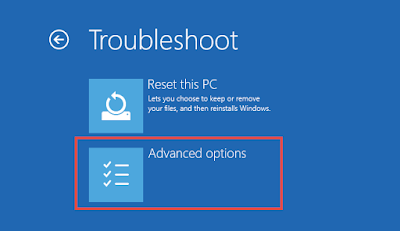
- On the next panel you need to click on Advanced Options.
- The again on new section choose Startup Settings option.

- From here select Enable Safe Mode option and the click Restart button.


No comments:
Post a Comment